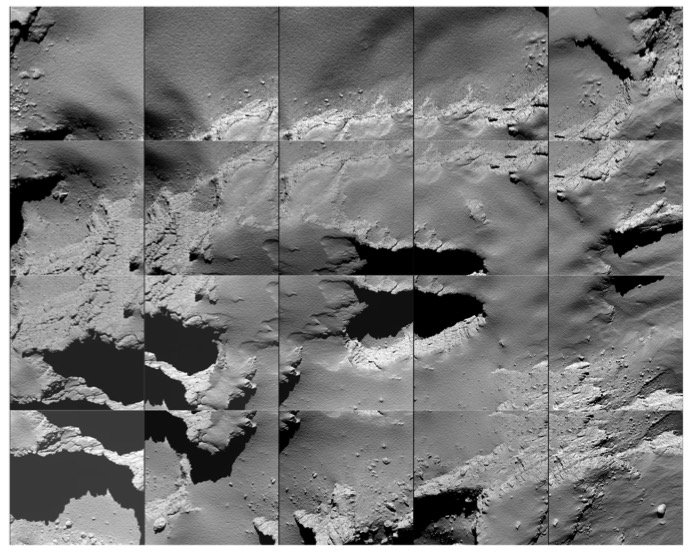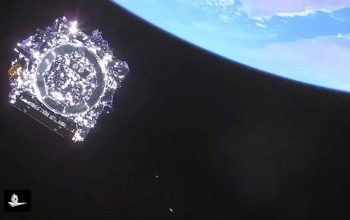
Credit: ESA/Rosetta
After nearly two years, the first mission to a comet concluded on Friday, September 30th when the ESA’s Rosetta spacecraft performed a controlled impact into comet 67P/Churyumov–Gerasimenko. The decision to terminate the mission resulted from the extensive distance Rosetta orbited from the sun, causing a shortage in solar energy to power the spacecraft and its accompanying instruments. The ESA’s final communication with Rosetta was at 7:19 AM EST.
As Rosetta embarked on the final descent, it analyzed gas and dust closer than ever before to the comet’s surface and took high resolution images of the comet’s nucleus.
Rosetta’s impact site was named Sias, after the ancient Egyptian town where the temple believed to have displayed the Rosetta Stone- the object for which the spacecraft was named after- was located.
Data collected from Rosetta’s instruments were sent back to Earth before the collision; it is impossible to further communicate with the spacecraft.
Rosetta made many discoveries during its mission. One of the most remarkable was the detection of the amino acid glycine, which is found in proteins, and phosphorus, an essential component of DNA and cell membrane. These findings further support the theory that comets like 67P/Churyumov–Gerasimenko deliver the biological ingredients to form life on planets.
To read more about Rosetta’s journey, check out previous articles: “Comet Chaser Rosetta Reaches Final Destination” and “Waking Up Rosetta”
Published by Julia Mariani
(Sources: www.cnet.com, NASA, ESA)


